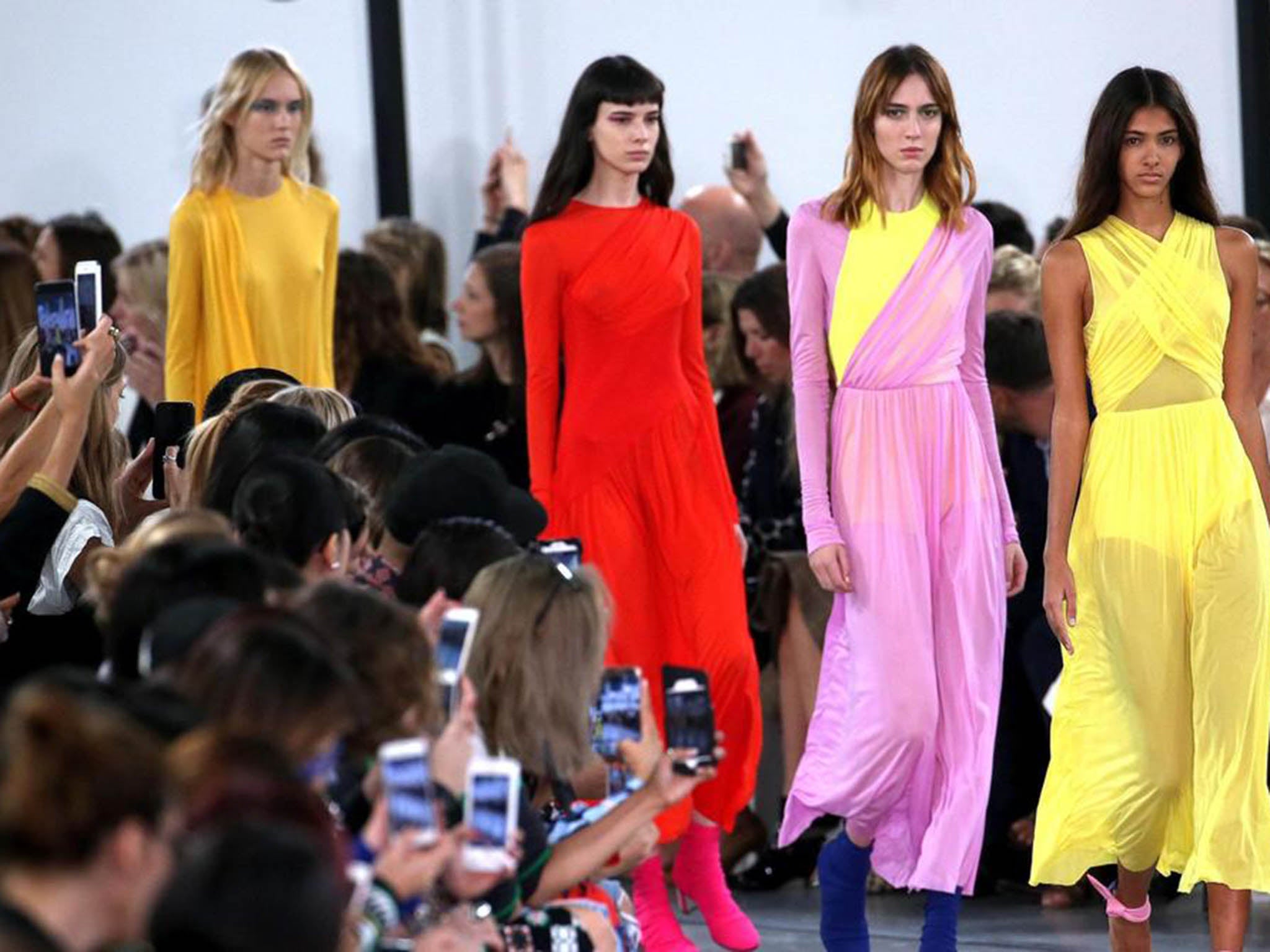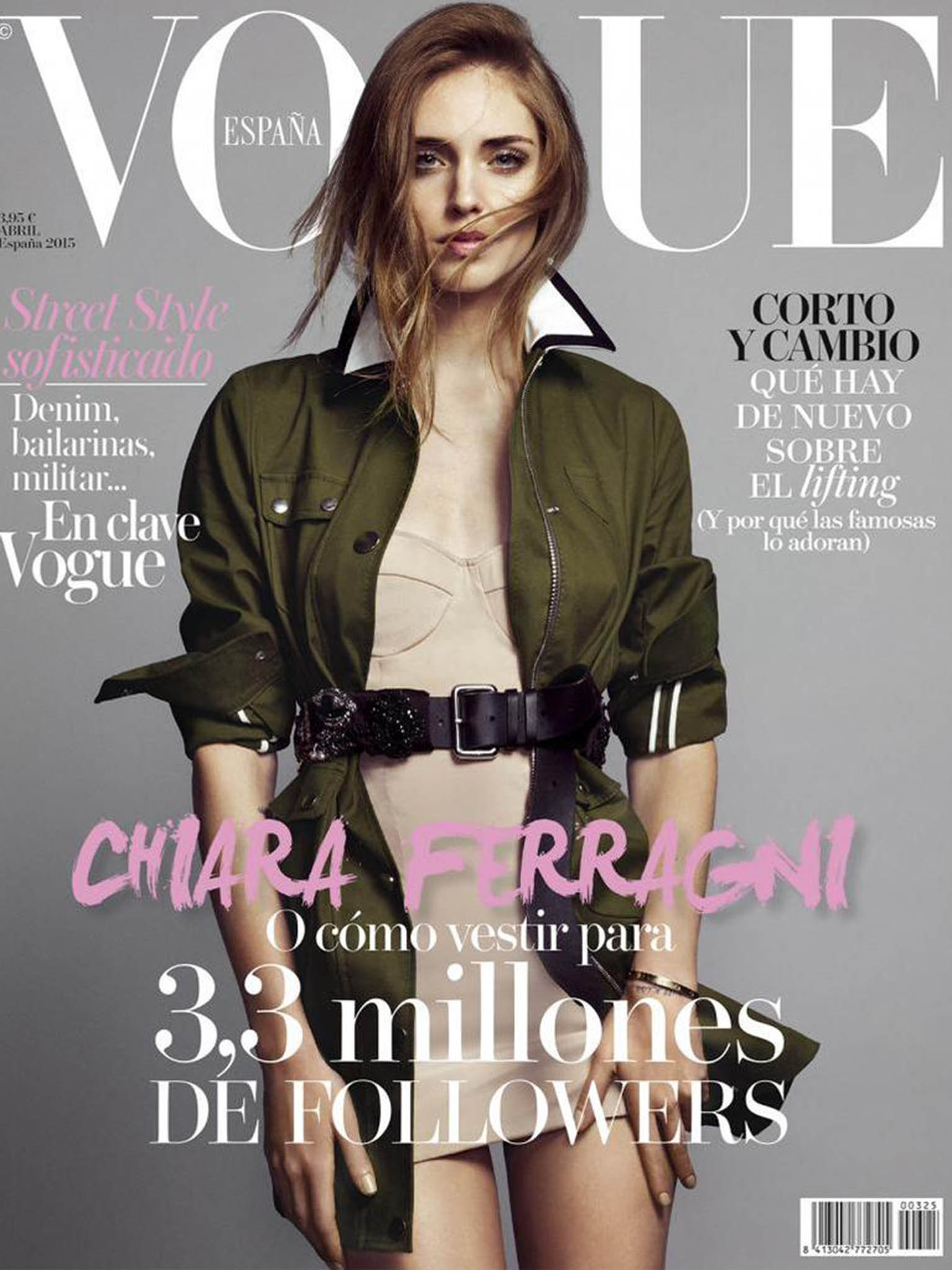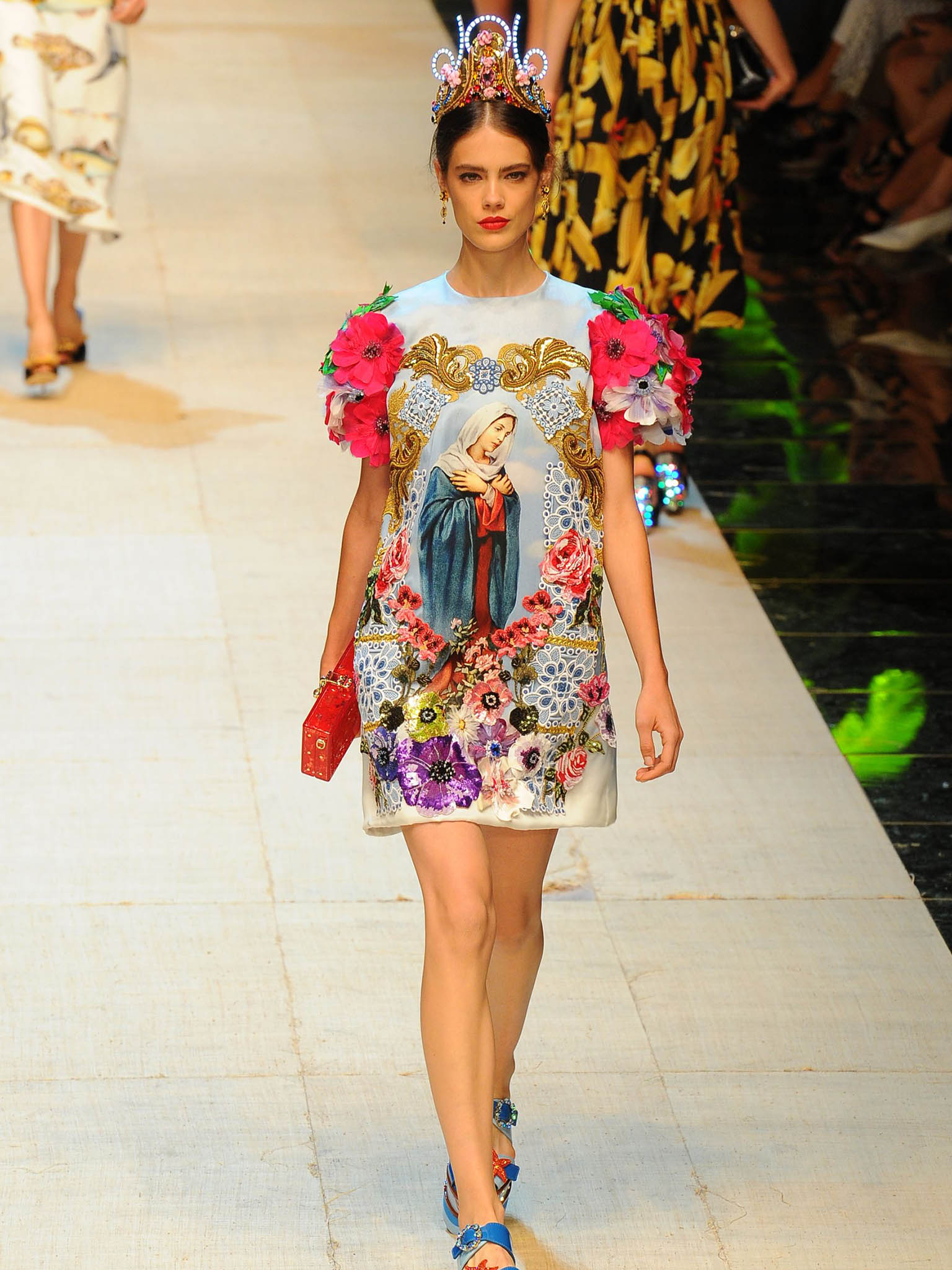Vogue’s attack on style bloggers shows how much the newcomers have the fashion magazines rattled
Fashion designers and brands were quick to recognise the power wielded by bloggers, but now magazines are underminding bloggers and the way they are changing the industry

Your support helps us to tell the story
From reproductive rights to climate change to Big Tech, The Independent is on the ground when the story is developing. Whether it's investigating the financials of Elon Musk's pro-Trump PAC or producing our latest documentary, 'The A Word', which shines a light on the American women fighting for reproductive rights, we know how important it is to parse out the facts from the messaging.
At such a critical moment in US history, we need reporters on the ground. Your donation allows us to keep sending journalists to speak to both sides of the story.
The Independent is trusted by Americans across the entire political spectrum. And unlike many other quality news outlets, we choose not to lock Americans out of our reporting and analysis with paywalls. We believe quality journalism should be available to everyone, paid for by those who can afford it.
Your support makes all the difference.For years, style bibles such as Vogue and Elle have found their exclusivity undermined by bloggers, who – with huge numbers of Facebook, Twitter and Instagram followers – have won over the designer brands that would normally only deal with major publications. Inevitably, this tension occasionally breaks the surface, as when Vogue editors recently lashed out at fashion bloggers in their Milan fashion week round-up column.
Criticising fashion bloggers for the practice of being paid to wear certain outfits, the Vogue journalists called the bloggers “pathetic”, accused them of “looking ridiculous” and decried the whole affair as “all pretty embarrassing”. Scathingly, Vogue’s creative digital director Sally Singer wrote:
"Note to bloggers who change head-to-toe paid-to-wear outfits every hour: please stop. Find another business. You are heralding the death of style."
This is not the first of such broadsides from fashion writers. In 2013, the New York Times’ renowned fashion journalist Suzie Menkes berated the “poseurs” gathered outside fashion shows, waiting for keen street-style photographers to take their picture. It was the first of many slaps in the face for fashion bloggers, who were branded “wannabes” desparate for attention.

Yet since then bloggers have only gained in popularity, with the Spanish edition of Vogue even featuring the Italian model and blogger turned fashion designer Chiara Ferragni on its cover in 2015. For a blogger to reach the cover of Vogue, the very pinnacle of style, suggested that the fashion bloggers had been finally accepted. It seems not.
Perhaps Vogue’s biggest bugbear is that bloggers are invited to sit on the front row at fashion shows – an honoured position previously reserved for celebrities and editors of glossy magazines. Yet bloggers have become a hybrid of the two – part editor, part celebrity – and thanks to their enormous social media presence they have developed the style-influencing selling power built to match both.
Fashion blogging is hard work
Certainly, fashion designers and brands were quick to recognise the power wielded by bloggers. If offering a blogger an invitation to sit on the front row wearing their latest designs encouraged sales, why wouldn’t they?
It’s grossly insulting to suggest bloggers don’t work hard for their position. Bloggers often style themselves, take their own photos, attend fashion shows, write their own copy and design and edit their websites as well as provide the constant updates to their social media channels required to keep their audience engaged. Especially when starting out, they will have to do all this for themselves.
Standing in the cold for more than an hour in sky-high heels (because being photographed is part of your job) before sitting on a dusty floor or trying to catch a glimpse of the runway from behind 15 rows of people is a due all true fashion lovers have paid. How much easier it must be to walk straight in from your warm company car with no queue to face – and no heavy camera to carry as your publication will have sent their own photographer. A whole team brought in to report on a single day’s events.
And let’s not forget that running a blog is essentially an unpaid role, and how – or if – the owner chooses to make money from it is up to them. One way of making it pay is to work directly with fashion brands. A brand might gift or lend a blogger some items to wear. The blogger gets to create a new outfit and something to write about, and the brand gets exposure – surely a mutually rewarding relationship?
Dispersing fashion
Something Vogue’s writers forget is that the price of the garments we see on the runway make them unobtainable for most people. They are displayed in the glossy pages of Vogue as “aspirational” items. For most, the only experience of the latest fashion designs will be in the trickle-down version produced for the budget-friendly high street. This is how the fashion cycle works – and magazines have played a huge role as gatekeepers. The rest of the world only sees those designer pieces from the runway that magazine editors chose to include.
Fashion bloggers have worked around this filter, by publicising the looks from the shows they choose and by wearing borrowed (or gifted or purchased) garments from the show. The insular walls of the fashion industry have been shaken – and fashion has became more democratic.

With the growing power of bloggers came a decrease in power of the fashion magazine. The magazines now attack the bloggers for the same things that in effect magazines and magazine journalists have always done – albeit not so publicly. In the UK, under Advertising Standards Authority rules bloggers must disclose any working relationships they have with brands or if they are wearing a gifted item. Yet magazines are not required to play by the same rules.
It is well known that magazines give editorial coverage to advertisers in addition to attending advertiser’s shows. The prestige of magazines like Vogue is jealously guarded, because it is prestige that brands will pay for – and advertising income is increasingly precious as more and more readers move online. This works well for salaried editors and brands with huge marketing budgets, but what about smaller fashion brands or newcomers? Speaking to the New York Times, Philip Oh, Street Peeper blog photographer, made this clear.
Most young designers don’t have the resources to hire high-powered PRs or have access to important editors and stylists. So lending their clothes to friends and supporters who will get photographed is a great way to get noticed by both the industry and consumers.
It was bloggers and street-style photographers that were credited with helping up-and-coming London brand Ostwald Helgason get its break in 2012 when its trademark bold striped pieces were snapped and pasted across street style blogs during London Fashion week. “For us, as a small brand, we would never be able to get that kind of exposure [otherwise],” Susanne Ostwald said.
ogue is still the fashion bible for many. Countless newcomers to the industry aspire to work for the magazine one day – but, until then, starting a fashion blog is a way to tap into the industry and share a love for fashion. The question must be asked why Vogue would not nurture and celebrate this enthusiasm and talent.
If “style” is an individual’s innate sense of dress, can an edited magazine such as Vogue ever really reflect style? Style is not fashion – and fashion is only ever style when taken and made personal by an individual, something more likely found on the street than in the professional, paid-for pages of a magazine.
Alexandra Codinha, fashion news editor for Vogue.com, said: “The fashion world can all too easily feel like an impenetrable bubble.” An impenetrable bubble indeed – one created by the likes of Vogue. Is it any surprise to see the bloggers revolt, staking their claim and right to fashion?
This article originally appeared on The Conversation (theconversation.com). Natalie McCreesh is a senior lecturer in fashion marketing and communication, at Sheffield Hallam University
Join our commenting forum
Join thought-provoking conversations, follow other Independent readers and see their replies
Comments